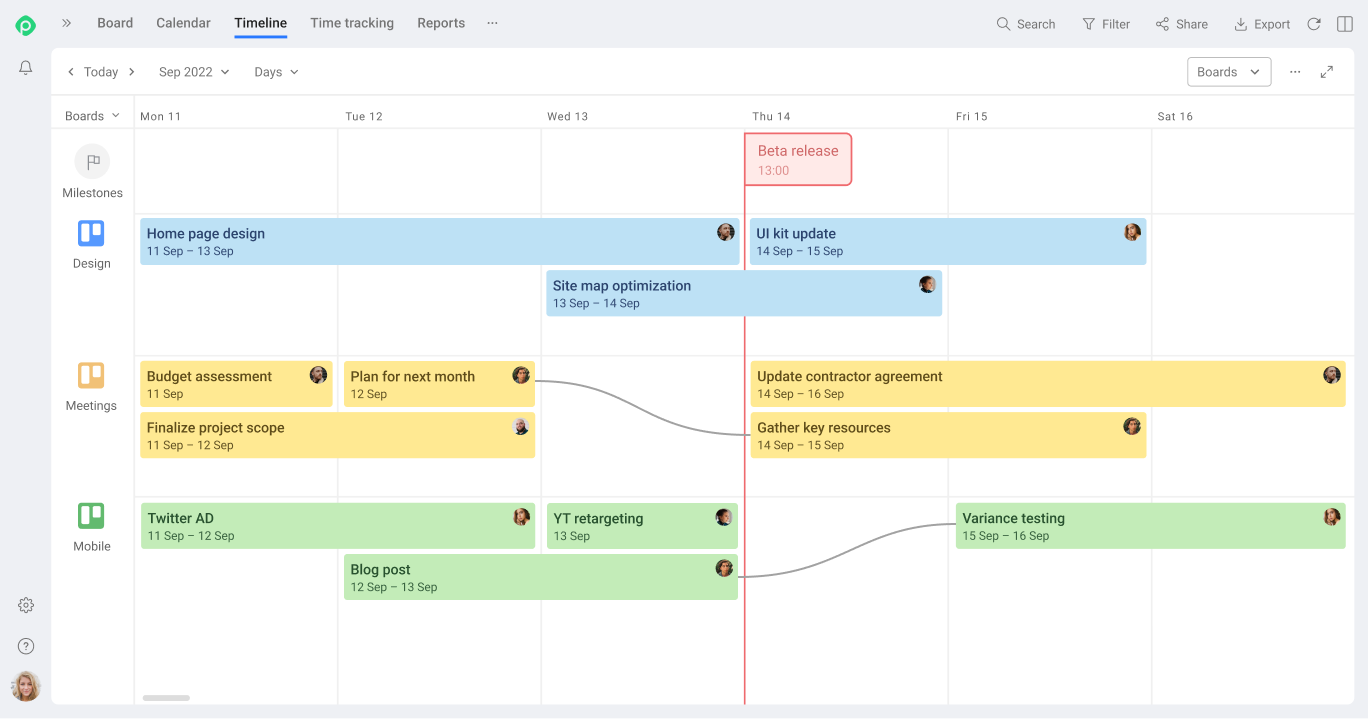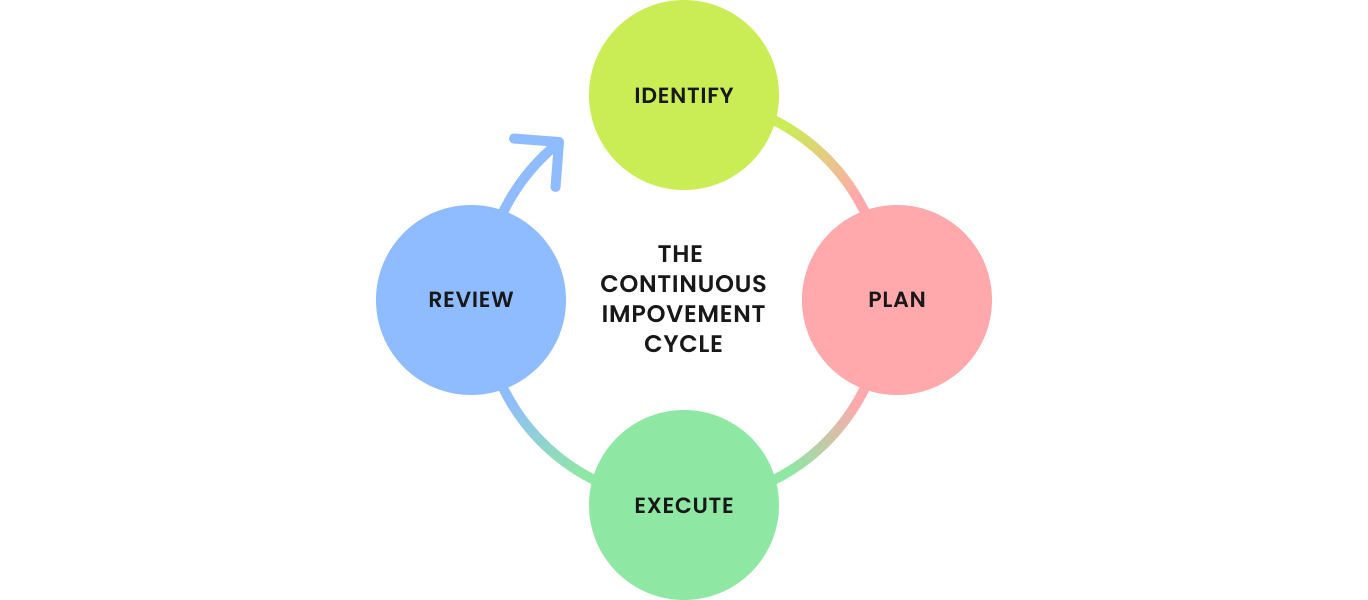Project Manager’s Quickstarter
Effective Virtual Team Collaboration: Strategies for Remote Management
In today's fast-paced and interconnected world, virtual teams have become a vital component of many organizations. However, managing remote teams is not simply a matter of connecting team members through technology. It requires careful planning, thoughtful strategies, and a commitment to fostering a sense of unity and purpose among team members. In this article, we will explore some essential strategies for achieving effective remote collaboration.
Clear Communication is Key
The cornerstone of any successful virtual team is clear communication. With team members often located in different time zones, miscommunication can easily derail a project. To overcome this challenge:
Set Communication Norms: Define when and how team members should communicate using a combination of synchronous and asynchronous, as well as scheduled and ad-hoc communication approaches to organize team work.
Scheduled vs. Ad-hoc Communication: Clarify when scheduled meetings will occur and when ad-hoc communication is encouraged. For instance, designating specific hours for focused work can minimize interruptions during deep work sessions.
Synchronous vs. Asynchronous Communication: Delineate the cases where real-time communication is necessary and when communication can happen without the expectation of immediate response. This respects varying working hours.
Make a Communication Plan: Categorize message types, such as formal updates, quick queries, or team-wide meetings, and specify the most suitable channels for each. For instance, reserve email for comprehensive project updates, leverage Slack for quick questions or discussions, and utilize Zoom or Google Meet for real-time team meetings.
Practice Regular Check-Ins: Regular check-in meetings serve as the heartbeat of virtual teams, ensuring that all members remain synchronized, motivated, and focused on collective goals:
Daily Stand-ups: These focused meetings lasting 15–30 minutes let each team member share three key pieces of information: what they accomplished yesterday, what they plan to accomplish today, and any challenges they're facing. The morning is often chosen for daily stand-ups, allowing team members to plan their day with a clear understanding of their colleagues' activities and potential dependencies.
Weekly Progress Meetings: Hold weekly progress meetings to review the progress toward project milestones, addressing complex issues, and strategic planning for the upcoming week. Use video conferencing platforms to create a face-to-face atmosphere and a sense of personal connection.

Set Clear Goals and Expectations
Virtual team members need to understand their roles and responsibilities. Set clear goals and expectations to avoid confusion and ensure everyone is aligned:
Define Roles: Clearly define each team member's role and responsibilities. Ensure everyone knows what is expected of them. To clarify roles:
Role Descriptions: Develop detailed role descriptions for each team member that outline their core responsibilities, reporting structure, and key performance indicators (KPIs).
Collaborative Discussion: Hold individual or group discussions to ensure that everyone comprehends their role and how it fits into the broader team objectives.
Regular Updates: As projects evolve, keep role descriptions up-to-date to reflect changes or evolving responsibilities.
Project Roadmap: A project roadmap serves as a visual guide that outlines key milestones, deadlines, and the overall project trajectory. It offers clarity and transparency, ensuring that everyone on the virtual team is aware of the project's progression and their role in it:
Milestone Identification: Break down the project into significant milestones that serve as markers for progress.
Deadline Setting: Assign specific deadlines to each milestone that align with the project's overall timeframe and SMART goals.
Task Allocation: Clearly specify which team members are responsible for each milestone or task to prevent duplication of effort and ensure accountability.
Communication Plan: Indicate when updates, check-ins, or status reports should happen.
Progress Tracking: Regularly update task statuses to let team members see how projects are progressing and where they can provide support if needed with timeline or Gantt chart.

Continuous Learning and Improvement
To ensure your team stays on the path of continuous improvement, it's crucial to foster a culture that values learning, adaptation, and growth. Here's a more profound exploration of strategies to instill this mindset:
Establishing a Feedback Loop: Constructive feedback is the cornerstone of improvement. By creating a structured feedback mechanism within your virtual team, you empower team members to share insights, ideas, and concerns openly:
Regular Feedback Sessions: Implement regular feedback sessions both publicly and anonymously during which team members can express their thoughts on team processes, communication, and collaboration tools. Encourage them to provide both positive feedback and constructive criticism.
Feedback Integration: Actively integrate feedback into the decision-making process. When team members see their input being considered and acted upon, it reinforces a sense of ownership and commitment.
Post-Project Evaluation: Conducting post-project evaluations, often referred to as postmortem analyses, is a systematic approach to extract lessons learned and apply them to future endeavors:
Structured Evaluation Framework: Develop a structured evaluation framework that assesses different aspects of the project, including goals achieved, challenges faced, and team dynamics.
Identify Success Factors: Celebrate the successes and achievements of the project, highlighting what went exceptionally well. Recognize team members' contributions and innovative solutions.
Identify Areas for Improvement: Equally important, identify areas where improvements can be made. This may involve pinpointing bottlenecks, communication breakdowns, or process inefficiencies.
Actionable Recommendations: Based on the evaluation, formulate actionable recommendations for future projects. Implement changes and improvements to enhance collaboration, productivity, and project outcomes.

Foster Trust and Team Building
Building trust among virtual team members can be challenging, but it's crucial for effective collaboration. Here are some strategies to foster trust and team building:
Icebreakers and Virtual Team Building Activities: Incorporate virtual icebreakers and team-building activities into your meetings to help team members get to know each other on a personal level. Schedule non-work-related virtual gatherings, like virtual happy hours, game nights, or coffee chats, to build personal connections among team members.
Recognition and Appreciation: Acknowledge and appreciate the contributions of team members regularly. Recognition goes a long way in building trust and motivation. Implement a system for recognizing and appreciating team members during meetings or through dedicated channels. Celebrate accomplishments, both big and small, such as achieving project milestones or demonstrating exceptional teamwork.
Conclusion
Effective virtual team collaboration is not just a business necessity; it's an art that requires dedication, strategy, and empathy. By fostering clear communication, setting clear goals, building trust, embracing diversity, and promoting continuous learning, organizations can unlock the full potential of their virtual teams. In a world where remote work is here to stay, mastering these strategies is the key to success in the modern workplace.




